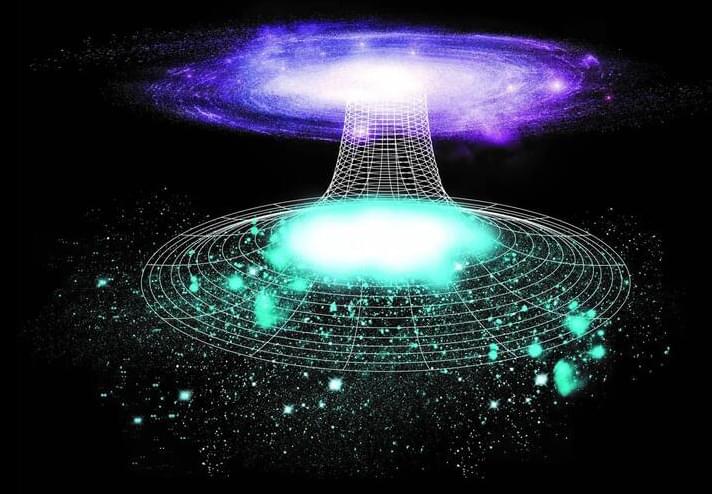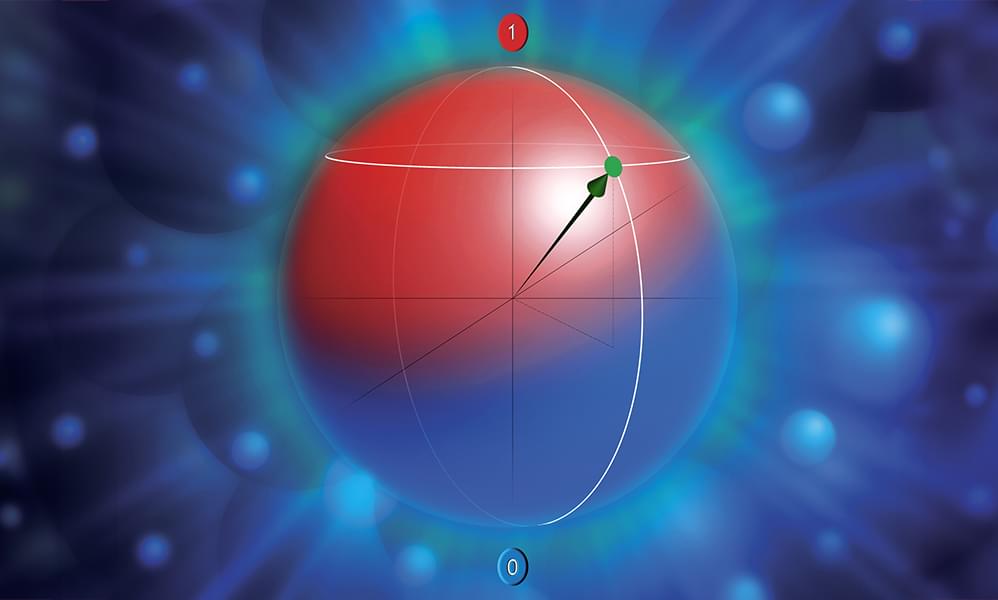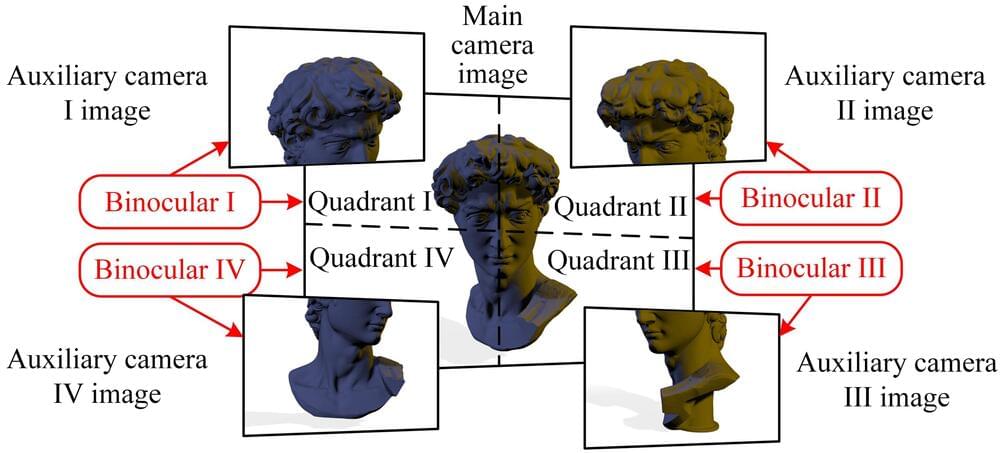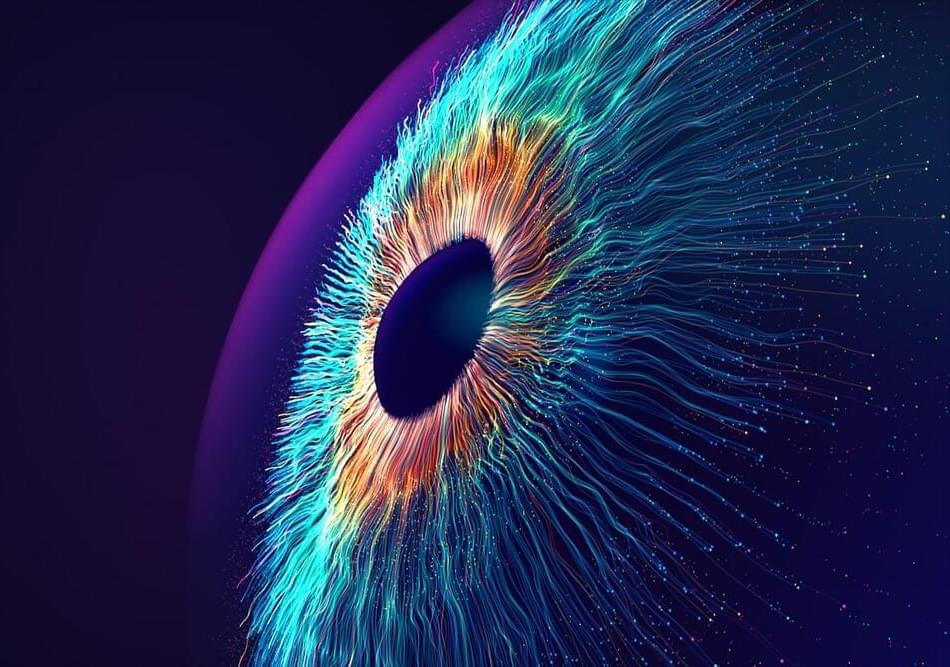NEJM Journal Watch Oncology and Hematology Associate Editor David Ilson was on hand at the 2024 ASCO Gastrointestinal Cancers Symposium and highlights the latest research in colorectal, neuroendocrine, and esophagogastric cancers.
Important new studies with the potential to impact clinical practice were presented at the 2024 ASCO Gastrointestinal Cancers Symposium held January 18 to 20 in San Francisco. NEJM Journal Watch Oncology and Hematology Associate Editor David H. Ilson, MD, PhD, was on hand and reports on some of them.
COLORECTAL CANCER
Researchers presented results from CheckMate 8HW, an industry-sponsored, international, open-label, phase 3 trial evaluating first-line treatments in patients with microsatellite instability (MSI)-high/DNA mismatch repair protein-deficient metastatic colorectal cancer. Patients were randomized to investigator’s choice of chemotherapy (mFOLFOX6 or FOLFIRI, with or without bevacizumab or cetuximab), single-agent nivolumab (240 mg every 4 weeks followed by 480 mg monthly), or nivolumab combined with ipilimumab (1 mg/kg for 4 doses). An interim analysis was presented for the 303 patients treated with chemotherapy or ipilimumab/nivolumab.







